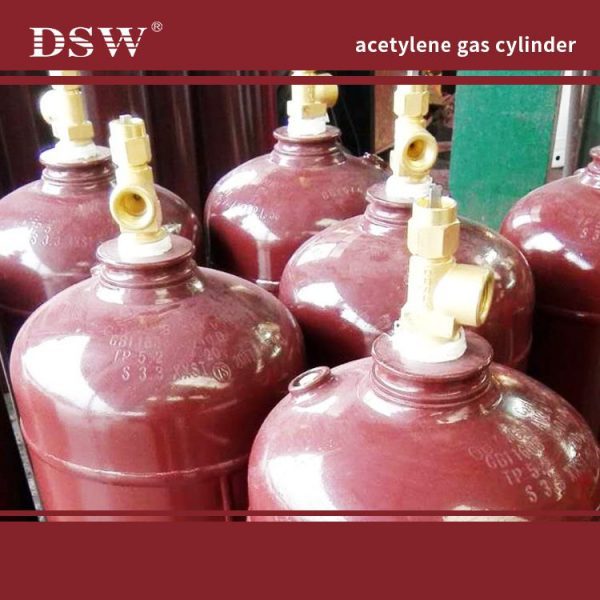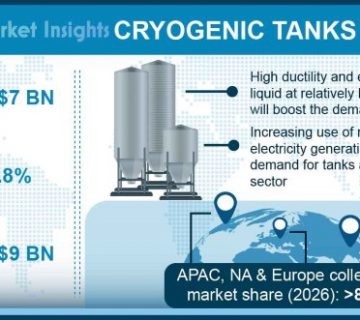Welding gas mixture is not only a mixture of carbon dioxide and argon
1. The advantage of Ar+He argon is that the arc combustion is very stable and the spatter is extremely small. The advantages of helium are high arc temperature, high heat input to the base metal, and fast welding speed. The advantages of both can be obtained by adding a certain amount of helium with argon as the matrix.
When welding large thickness aluminum and aluminum alloys, the use of Ar+He welding gas mixture can improve weld penetration, reduce pores and increase productivity. When the plate thickness is 10~20mm, the volume fraction of He is 50%; when the plate thickness is greater than 20mm, the volume fraction of 75%~90% He is added.
When welding copper and copper alloys, the mixed gas of Ar+He (welding gas mixture)can improve the wettability of the weld and improve the quality of the weld. The proportion of He is generally 50% to 75% (volume fraction).
2. Ar+H2 Adding H2 to argon can increase the arc temperature and increase the heat input of the base metal. For example, when welding stainless steel with TIG arc or plasma arc, in order to increase the welding speed, a volume fraction of 4% to 8% H2 is often added to the argon gas,welding gas mixture.

Using the reducibility of Ar+H2 mixed gas, it can be used to weld nickel and its alloys to suppress and eliminate CO pores in nickel welds. But the added H2 content (volume fraction) must be less than 6%, otherwise it will lead to the generation of hydrogen pores.
3. Ar+N2 After adding N2 to Ar, the temperature of the arc is higher than that of pure argon. It is mainly used for welding copper and copper alloys. Compared with the Ar+He mixed gas, this mixed gas has the advantages of more sources of N2 and cheaper price. . The disadvantage is that there is spatter during welding, and the surface of the weld is rough, and there is a certain amount of smoke during the welding process.
4. There are two types of Ar+O2 mixed gas: one with a low O2 content (volume fraction), 1% to 5%, is used for welding stainless steel; the other contains a higher O2 content (volume fraction), which can be More than 20%, used for welding low carbon steel and low alloy structural steel.
When adding 1% O2 to pure argon to weld stainless steel, the phenomenon of arc cathode spot instability (cathode drift) can be overcome when pure argon is used to weld stainless steel.
Cathode drift: The arc itself has jumping and sticking properties. For ferrous metals, because the oxide film on their surface is not as dense as alloys such as magnesium and aluminum, in the process of welding, the arc always looks for oxide point aggregation on the metal microscopic surface. Due to the jumping and sticking of the arc, the arc is discontinuous, and an arc offset, that is, a cathode drift, will occur, resulting in arc instability. Adding a certain amount of oxygen will oxidize the metal surface during welding to ensure the stability of the welding arc.
5. Ar+CO2 (Welding gas mixture)is widely used in welding carbon steel and low-alloy structural steel, which can improve the impact toughness of weld metal and reduce spatter.
6. The mixture of Ar+CO2+O2 can be used to weld low carbon steel and low alloy structural steel, and has good effects on weld formation, joint quality, droplet transfer and arc stability.











No comment